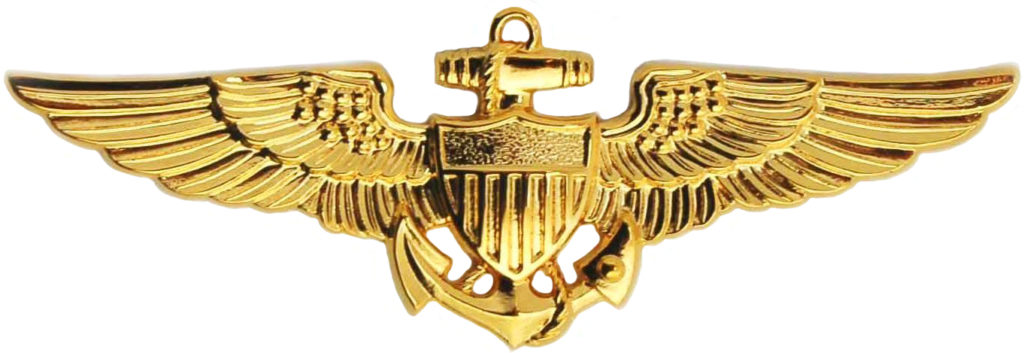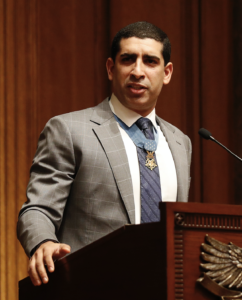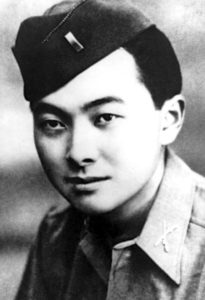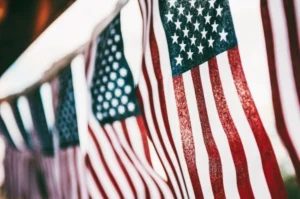- Date of Action: December 8-23, 1941
- Squadron: Marine Fighting Squadron 211 (VMF-211)
- Location: Wake Island
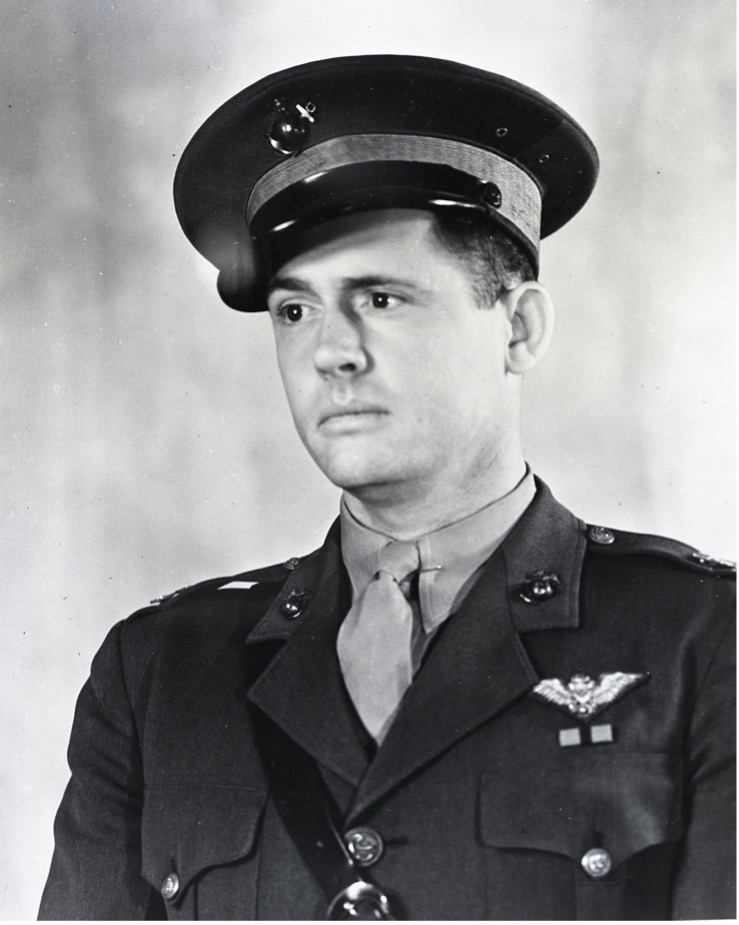
Raised outside of Thomasville, Georgia, Henry Talmadge Elrod grew up to be a young man filled with great passions and restless energy. After dropping out of Yale University, Talmadge enlisted in the Marine Corps in 1927 and four years later earned a commission as a Second Lieutenant. One of Talmadge’s strong interests was aviation. Like many of his generation, he was fascinated by the barnstormers that visited near his hometown. Despite his later fame as a skilled fighter pilot, Elrod’s journey towards earning his wings of gold was a rocky one. He failed his first flight training program but was later given a second shot in 1934. He barely passed this second time. Never one who seemed to abide by the rules and considered a daredevil in the skies, Elrod did manage to be named as executive officer of Marine Fighting Squadron 211 (VMF-211) just before the start of America’s entry into World War II.
Just a few days before the Japanese attack on Pearl Harbor, Captain Henry Elrod and twelve other Marine fighter pilots from VMF-211 flew their F4F-3 Wildcat fighters from the deck of USS Enterprise (CV-6) to Wake Island—a remote American outpost in the vast Pacific. Shortly after the attack on Pearl Harbor, Wake Island received the first of many Japanese airstrikes. On December 8, 1941, a formation of Japanese Mitsubishi G3M “Nell” bombers attacked the Wake Island airstrip, destroying seven of the eight Wildcats on the ground. Three days later, Elrod, piloting, one of just four operational Wildcats, managed to claim victories over two Japanese bombers. And on December 11, Elrod, along with two other Marine pilots, located a nearby Japanese fleet that was preparing to assault the island. With great skill, Elrod lined up his Wildcat and released two 100lb. bombs that struck the Japanese destroyer Kisaragi. As the bombs penetrated the warship’s deck, they detonated depth charges that were stored below, causing an enormous secondary explosion that sank the warship. Despite driving off this first attempted landing, the number of serviceable Wildcats continued to dwindle toward zero.
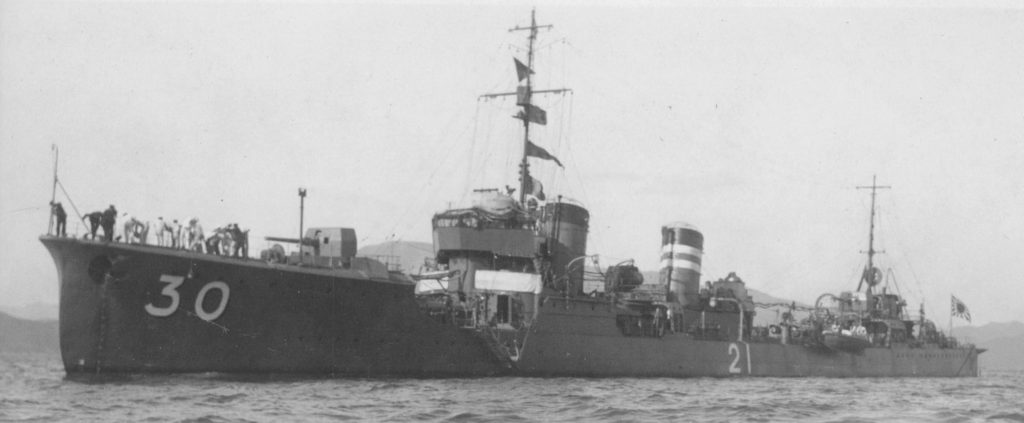
On December 22, 1941, the Japanese returned and successfully landed a battle-hardened unit of Special Naval Infantry on Wake’s shores. Now without any Wildcats to fly, Elrod grabbed a Thompson sub-machine gun and manned the defenses near one of the island’s 3-inch shore guns. During a close-quarters battle with nearby Japanese forces, he stood to fire his Thompson from his hip. Continuing to fight with little regard for his own safety, Elrod prepared to toss a grenade toward another group of advancing Japanese when he was shot by a soldier hiding nearby. Elrod fell to the ground dead.
It wasn’t until after the war that the story of Hank Elrod and the other brave defenders of Wake Island was fully learned. Elrod’s heroism in the air above and in Wake Island’s final defense earned him the Medal of Honor—by date of action, the first Medal of Honor for a Marine aviator in World War II. The medal was presented to Elrod’s wife, Elizabeth, by General Alexander Vandergrift on November 8, 1946.
Medal of Honor Citation
For conspicuous gallantry and intrepidity at the risk of his life above and beyond the call of duty while attached to Marine Fighting Squadron 211, during action against enemy Japanese land, surface and aerial units at Wake Island, 8-23 December 1941. Engaging vastly superior forces of enemy bombers and warships on 9 and 12 December, Capt. Elrod shot down two of a flight of 22 hostile planes and, executing repeated bombing and strafing runs at extremely low altitude and close range, succeeded in inflicting deadly damage upon a large Japanese vessel, thereby sinking the first major warship to be destroyed by small-caliber bombs delivered from a fighter-type aircraft. When his plane was disabled by hostile fire and no other ships were operative, Capt. Elrod assumed command of one flank of the line set up in defiance of the enemy landing and, conducting a brilliant defense, enabled his men to hold their positions and repulse intense hostile fusillades to provide covering fire for unarmed ammunition carriers. Capturing an automatic weapon during one enemy rush in force, he gave his own firearm to one of his men and fought on vigorously against the Japanese. Responsible in a large measure for the strength of his sector’s gallant resistance, on 23 December, Capt. Elrod led his men with bold aggressiveness until he fell, mortally wounded. His superb skill as a pilot, daring leadership, and unswerving devotion to duty distinguished him among the defenders of Wake Island, and his valiant conduct reflects the highest credit upon himself and the U.S. Naval Service. He gallantly gave his life for his country.
